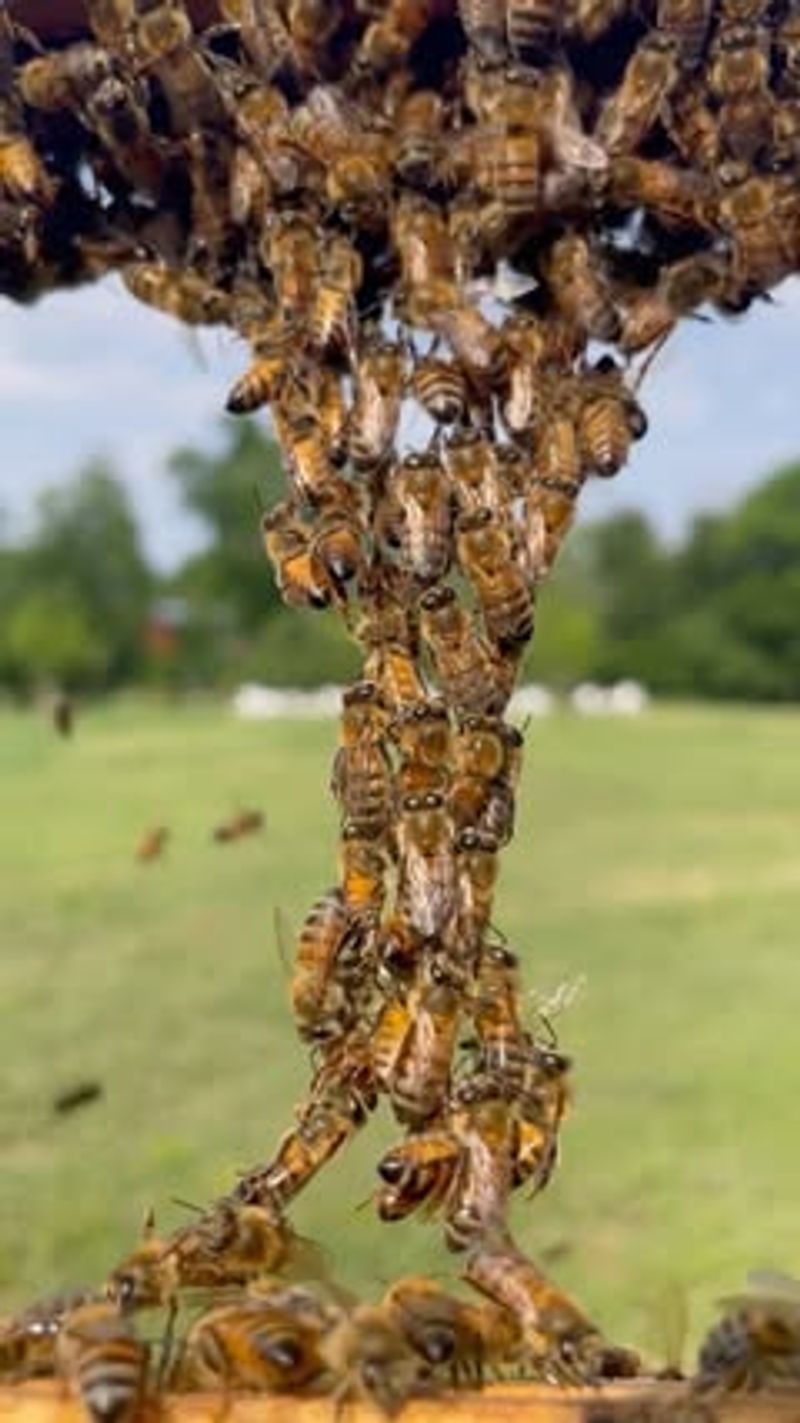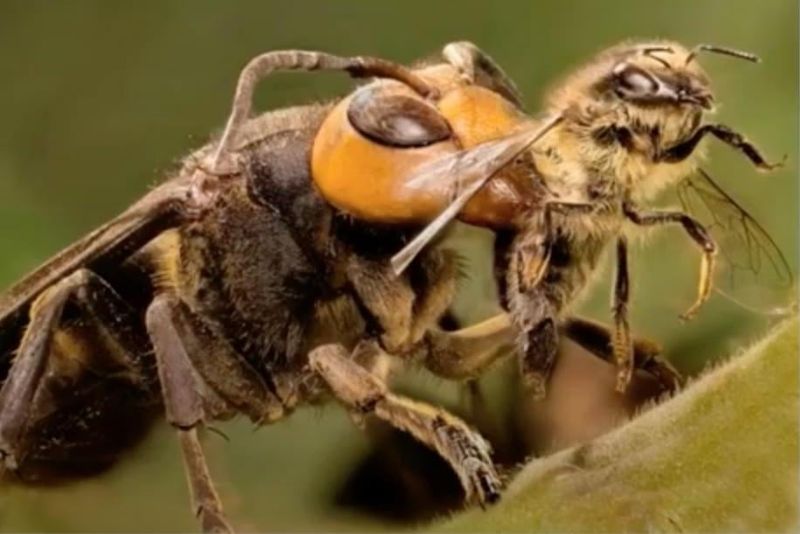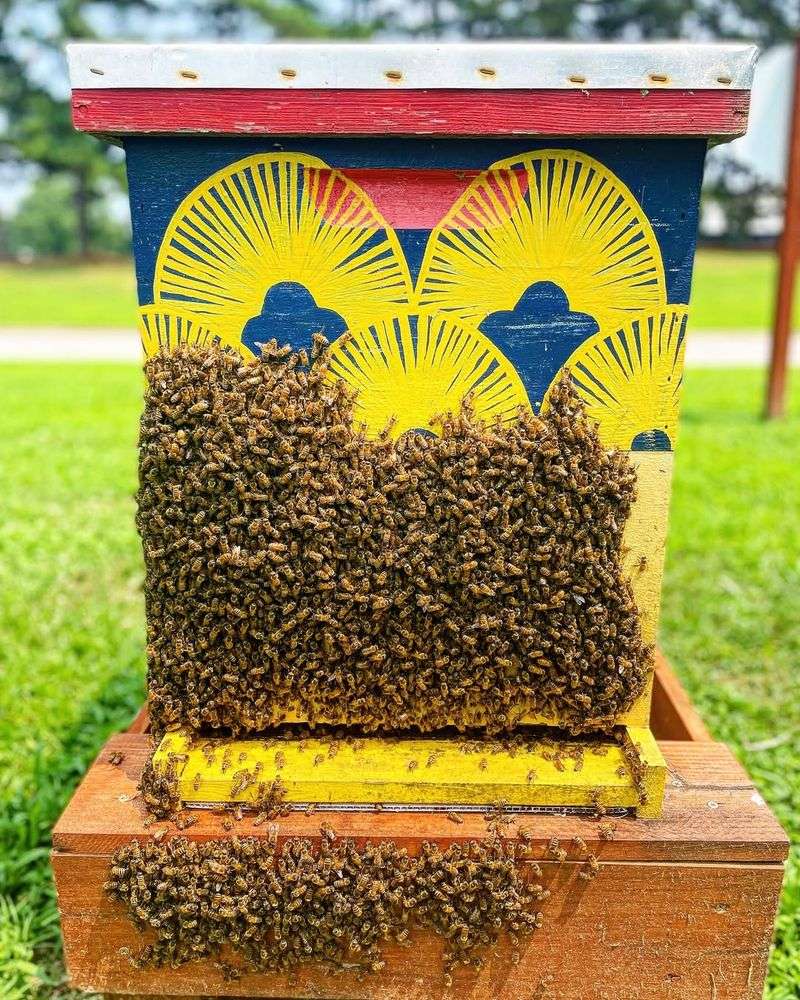Lately, Washington gardens feel a bit too quiet, and I’ve definitely noticed the lack of those familiar little buzzers. It’s strange how much emptier a yard feels without them drifting between blooms.
There are several reasons they’re thinning out, and none of them are as simple as people think. Let’s unravel what’s stealing their spotlight.
1. Habitat Loss from Urban Development
Cities and suburbs keep expanding throughout Washington, swallowing up the wild meadows and fields where bees once thrived. When developers clear land for homes, shopping centers, and roads, they destroy the native flowers and nesting sites that local bee species depend on.
Without diverse blooms and safe places to build their homes, bees struggle to survive in concrete jungles. Many Washington communities are now planting pollinator gardens to help reverse this trend and give bees back some of their lost territory.
2. Pesticide Use in Agriculture and Lawns
Chemical pesticides used on farms and lawns across Washington can be deadly to bees, even in small amounts. Neonicotinoids, a common type of pesticide, attack bees’ nervous systems and make it hard for them to navigate back to their hives.
Homeowners often spray their yards without realizing they’re harming helpful pollinators. Choosing organic pest control methods and avoiding chemicals during blooming seasons can make Washington neighborhoods much safer for our buzzing friends to visit and pollinate.
3. Climate Change Disrupting Bloom Times
Warmer temperatures and unpredictable weather patterns in Washington are throwing off the natural timing between when flowers bloom and when bees emerge from hibernation. If flowers open too early or bees wake up too late, they miss each other completely.
Bees rely on this perfect timing to gather enough food to survive and raise their young. Scientists across Washington are documenting these mismatches and working to understand how climate shifts will continue affecting pollinator populations in the Pacific Northwest.
4. Invasive Species Competition
Non-native insects and plants have invaded Washington ecosystems, creating fierce competition for resources that native bees need. Invasive species like the Asian giant hornet prey directly on honeybees, while aggressive non-native plants crowd out the native flowers bees prefer.
When foreign bee species arrive in Washington, they often outcompete local varieties for nesting spots and food. Controlling invasive species through careful monitoring and removal programs helps protect the native bee populations that have lived in Washington for thousands of years.
5. Disease and Parasites Spreading Through Colonies
Tiny parasites called varroa mites have devastated bee colonies throughout Washington, sucking the blood of adult bees and spreading deadly viruses. Colony collapse disorder, where entire hives mysteriously die off, has puzzled Washington beekeepers for years.
Fungal infections and bacterial diseases spread quickly when bees are stressed or weakened by other factors. Washington State University researchers are developing new treatments and breeding programs to help bees build resistance against these threats and strengthen colony health statewide.
6. Monoculture Farming Reducing Food Diversity
Large farms in Washington often plant just one crop across hundreds of acres, leaving bees with limited food choices. When only apples or wheat cover the landscape, bees miss out on the variety of pollen and nectar they need for balanced nutrition.
Just like humans need more than one food to stay healthy, bees require diverse flowers blooming throughout the seasons. Washington farmers are beginning to plant pollinator strips with native wildflowers along field edges, creating buffets that keep bees well-fed and healthy year-round.
7. Loss of Native Plant Species
Native plants that evolved alongside Washington bees are disappearing from the landscape, replaced by exotic ornamentals that look pretty but offer little nutrition. Plants like camas, Oregon grape, and native lupines provide the specific pollen and nectar that local bee species have depended on for generations.
When Washington gardeners choose native plants instead of imports, they create perfect refueling stations for hungry pollinators. Restoration projects across the state are reintroducing these important plant species to help bee populations recover and flourish once again.








